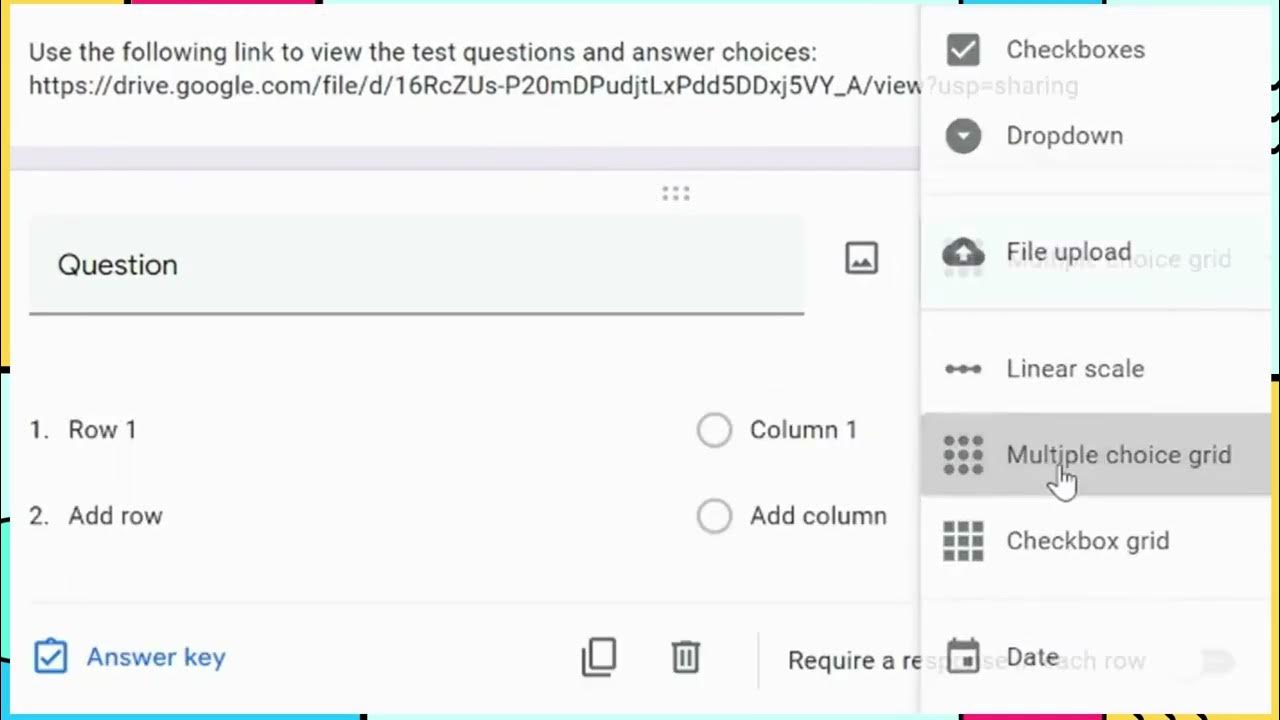NATURAL HAZARDS, MITIGATION, AND ADAPTATION(Part 1) Earth and Life Science Grade 11 Discussion Video
Summary
TLDRThis instructional video, led by Mr. Olyssie Franco, covers Unit 3 of Earth and Life Science, focusing on natural hazards, mitigation, and adaptation. After a prayer, the instructor recaps previous topics like geologic time scales, and moves on to discuss geologic processes and hydrometeorological phenomena, such as earthquakes, volcanic eruptions, landslides, cyclones, and floods. The video emphasizes understanding hazards and identifying risk-prone areas using hazard maps. Students are encouraged to reflect on how disaster preparedness is a shared responsibility and to complete related activities in their learning packets.
Takeaways
- 🙏 The instructor starts the lesson with a prayer, seeking guidance, wisdom, and healing during the ongoing pandemic.
- 📚 The lesson is about Earth and Life Science, focusing on natural hazards mitigation and adaptation in Unit 3.
- ⏳ A recap of the previous lesson is given, covering geologic time scales, including the Paleozoic, Mesozoic, and Cenozoic eras.
- 🌍 The main topic of the current lesson is geologic processes and hydrometeorological hazards, such as earthquakes, volcanic eruptions, landslides, and tropical cyclones.
- 🌋 Earthquakes can lead to hazards like structure collapse, fissures, liquefaction, landslides, and tsunamis.
- 🔥 Volcanic eruptions can cause hazards like lava flows, ash clouds, fire, and the destruction of homes in danger zones.
- ⛰️ Landslides occur during heavy rains, causing rock falls, debris flows, and mudslides, especially in higher regions.
- 🌪️ Tropical cyclones in the Philippines bring hazards like storm surges, floods, strong winds, and landslides.
- 💨 Monsoons (southwest and northeast) affect the Philippines, causing seasonal weather changes and heavy rainfall.
- 🌊 Floods and whirlwinds like ipoipo and buhawi bring risks such as drowning, electrocution, and erosion, especially near water sources.
Q & A
What is the main topic of the lesson in the transcript?
-The main topic is about natural hazards, mitigation, and adaptation, with a focus on geologic processes and hydrometeorological phenomena.
What are the two objectives of the lesson?
-The first objective is to describe the various types of hazards that may occur during earthquakes, volcanic eruptions, landslides, tropical cyclones, monsoons, floods, and more. The second is to use hazard maps to identify areas prone to these hazards.
What are the hazards brought by earthquakes according to the lesson?
-Earthquakes can cause hazards like damage or collapse of structures, fissures, liquefaction, landslides, and tsunamis.
How do volcanic eruptions pose a danger to communities?
-Volcanic eruptions release lava flow, ash clouds, fiery materials, and can trigger mudflows and fires, posing significant risks to nearby communities.
What are the effects of landslides as described in the lesson?
-Landslides can cause rockfalls, debris flows, and mudflows, moving rocks and debris from higher to lower areas, leading to erosion and destruction.
What are the hazards caused by tropical cyclones?
-Tropical cyclones cause hazards such as storm surges, flooding, high winds, extreme rainfall, landslides, and mudflows.
What are monsoons, and how do they affect the Philippines?
-Monsoons are seasonal weather patterns. The Philippines experiences the southwest monsoon, which brings heavy rains, and the northeast monsoon, which affects the weather during cooler months like December and January.
What are the main dangers associated with floods?
-Floods bring hazards like inundation, erosion, the movement of large particles, and can lead to drowning, electrocution, and infection.
How are 'ipoipo' and 'buhawi' different?
-An 'ipoipo' refers to a whirling wind formed over a water area, while 'buhawi' refers to a similar phenomenon but on land.
What is the final task given to students at the end of the lesson?
-Students are asked to reflect on how to minimize the damages caused by natural disasters and why preparedness is everyone's responsibility. They are instructed to write their insights in their learning packets.
Outlines

此内容仅限付费用户访问。 请升级后访问。
立即升级Mindmap

此内容仅限付费用户访问。 请升级后访问。
立即升级Keywords

此内容仅限付费用户访问。 请升级后访问。
立即升级Highlights

此内容仅限付费用户访问。 请升级后访问。
立即升级Transcripts

此内容仅限付费用户访问。 请升级后访问。
立即升级5.0 / 5 (0 votes)






